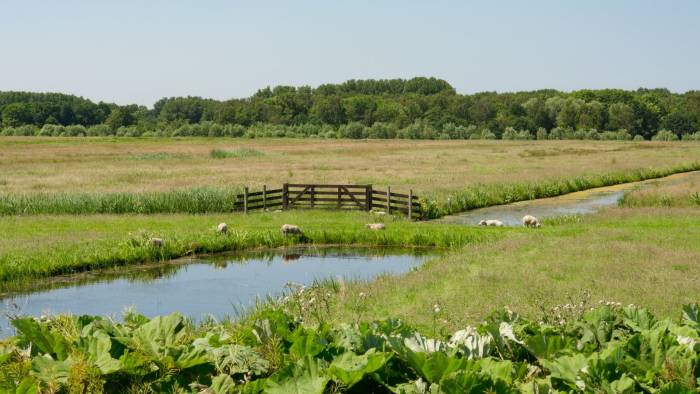The objective of the SCOPS principles is to slow the development of resistance to sheep parasite treatments, based on the responsible use of veterinary medicines – which include anthelmintics, flukicides and ecto-parasiticides.
Our aim is to ensure these products are only used when necessary, as supported by testing and/or a risk assessment that confirms the need to protect animals from a genuine risk to their health and welfare. This approach avoids the unnecessary use of sheep parasite treatments and reduces exposure of the parasite populations and the environment. Responsible use, and disposal, of sheep parasite treatments is at the very core of SCOPS’ guidance and best practice advice. Here we highlight a number of key practical actions farmers and prescribers can take to promote sustainable parasite control while safeguarding animal health and welfare and minimising any impacts on the environment.
- Only treat animals where there is a genuine risk to their health and welfare. Decision making can be aided by the use of appropriate diagnostic tests, clinical signs or forecasting information. Some examples are faecal egg counts (FECs) for gut worms and liver fluke, appropriate blood tests for sheep scab and liver fluke, and nematodirus and blowfly forecasts.
- When treatment is required, choose the most appropriate product and use it correctly, carefully following the instructions on the product label.
- Checking that wormers, flukicides and sheep scab treatments have worked by using a post-treatment check is best practice, and helps avoid use of ineffective products in future.
- Sustainable parasite control also involves pasture management. Ensure you have an integrated plan that covers all aspects of parasite control. Develop a parasite control plan with your vet, other prescribers and/or animal health advisers, based on monitoring and diagnostics, not simply routine treatments based on the calendar year.
- For some parasites, e.g. gut worms, it is increasingly possible to target treatments only to those animals that require it. This avoids unnecessary use on a proportion of the flock, reducing the selection pressure for anthelmintic resistance development in the parasite populations and also environmental exposure. Speak with your adviser to see if this is appropriate on your farm.
- Medicines licensed for farmed livestock since 2005 undergo an Environmental Risk Assessment (ERA), reviewed by the Veterinary Medicines Directorate (VMD), the competent authority in the UK, before any license is granted. This process results in environmental guidance on the product label, which must be followed. It is also underpinned by the system for monitoring adverse reactions, which includes any environmental impact. For further help and advice, speak with your prescriber or the product manufacturer directly.
- Ensure the product is stored correctly and disposed responsibly:
- Check the product label for product-specific details for storage (most products should be stored securely at 4–25°C, away from extremes of temperatures).
- Always check the ‘use by’ date and, once open, use within the time shown on the packaging.
- Follow specific disposal information on the bottle. For example, for the majority of products, the advice is not to allow the product access to watercourses, so do not pour any product down the sink/drain or wash out bottles prior to disposal.
- Dispose of plastic storage containers and equipment as per local guidance.
More information
Useful additional resources
- Joint SCOPS-COWS statement on parasite treatments and the environment, June 2021. Click here
- Industry webinar on the topic, February 2023. Click here
- "Implementing the SCOPS principles to reduce the impact of medicine use on the environment" podcast. Click here
